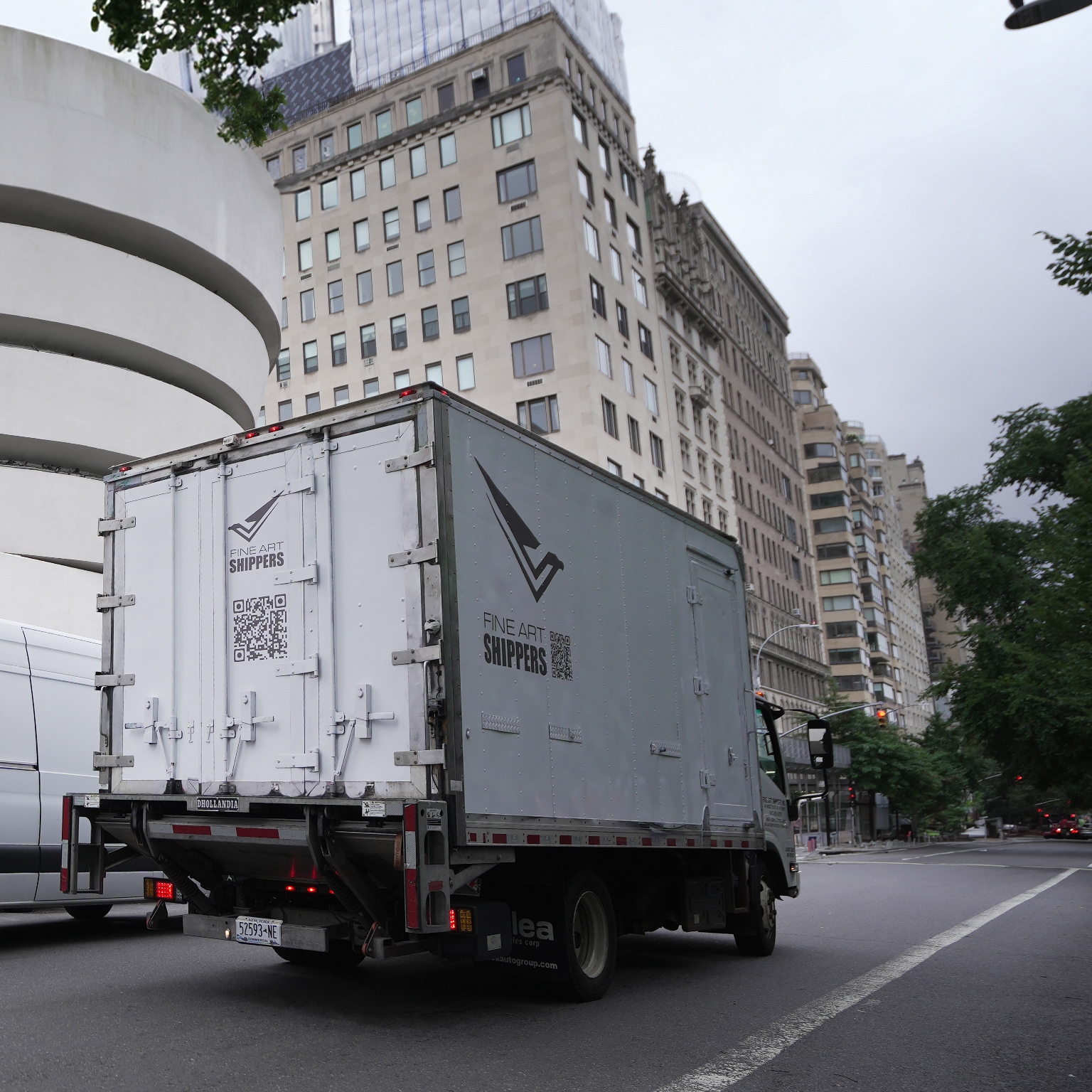Whenever it comes to art transportation, it’s important to organize climate-controlled shipping for art objects. This way, you may rest assured that your valuable property will be intact in transit and won’t suffer the damaging effects of aggressive environmental factors. Here are some steps you may take to increase the likelihood of safe travel for your art.
What Should You Do to Ensure Climate-Controlled Shipping for Art?
There are several sure ways to maximize the protection of your art during transportation.
Choose a Specialized Service Provider with Well-Equipped Shuttles
The choice of an art shipping company makes or breaks your experience with art logistics. All-purpose carriers may seem more affordable at first glance, but they rarely have well-trained staff and climate-controlled vehicles to guarantee the safety of your art. That’s why it makes sense to go the extra mile and find a shipping service provider that specializes in fine art transportation and has a properly equipped fleet, relevant certifications, and trained art handlers.
Specify Your Requirements
Each fine art object has its own specifications for storage and shipping, and the climate control requirements may differ depending on the artwork’s age and materials. Universal recommendations all carriers should stick to include a temperature of 64-720F and a relative humidity level of 45-55%. It is also vital to guarantee the absence of UV light exposure, vibration, and pollutants in the process of transit.
Use Professional Packaging and Crates
Delicate and fragile art objects should be shipped with the utmost care for the stability of the environment, which may be additionally secured with custom-built crates using professional-grade insulation materials. The presence of such materials in the crate’s interior, coupled with shock-absorbing layering, can stabilize the climate inside the crate and prevent the most common transportation risks.
Prepare the Receiving Area
Your efforts to organize climate-controlled shipping for art may go for naught if the receiving area is too cold or hot. That’s why it’s vital to ensure the site’s readiness for the arrival of the art object, with the provision of proper environmental conditions for its unpacking and installation onsite.
As you can see, taking a couple of extra steps to ensure proper climate control is not that hard. Yet, your efforts are sure to pay off in the form of end-to-end security of your transported art objects.
